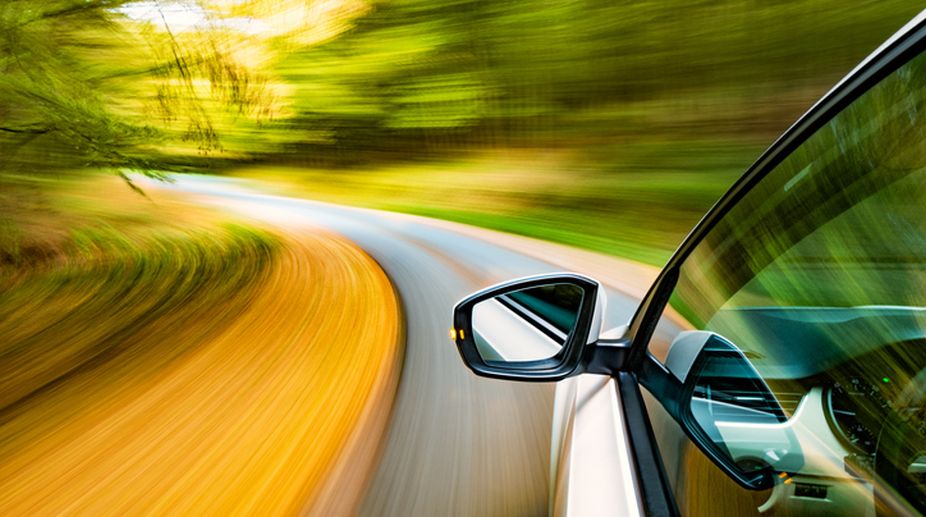Road accidents down by 14 per cent in Himachal: Police data
According to police data, road accidents witnessed a reduction of 14 per cent, fatalities by 27 per cent and injuries by 18 per cent.

(Getty Images)
Wonder why you no longer hear frogs croak during the monsoon? Blame road-kills.
While all wild animals may fall victim to road-kills, those that move slowly are the worst victims. On Earth Day, an expert has pointed out how some common reptiles and amphibians are falling prey to road accidents as highway constructions cut through their habitats.
In an unique experiment, in the "Steel City" of Durgapur in West Bengal, researchers identified common Indian toad, Greater Balloon frog, Indian bull frog and garden lizards and geckos, as key "victims" of road accidents during a 27-day study period on a cumulative stretch of 94.5 km road.
Advertisement
"A total of 354 amphibians and 133 reptiles were killed over the 27-day long survey period on a cumulative stretch of 94.5 km road," conservationist Sachinandan Dutta told IANS.
"Usually these cold blooded animals are sluggish in their movement and prefer to bask in warmth of the metalled roads, especially, when such surfaces are available," explained Dutta, currently a National Post-Doctoral Fellow, Department of Zoology, Calcutta University.
Durgapur is one of the important planned cities of India with a large human population (0.5 million approximately). The city is intersected by a number of metalled roads that traverse through different habitats.
This industrial township, surrounded by cultivable agricultural land, harbours 97 small and 57 heavy engineering and manufacturing establishments.
"The stretch of road under survey passed through different habitat patches like agricultural land, human habitation, dumping area, fragmented forest and wetland. On an average, 18 herpetofauna (reptiles and amphibians of a particular region) were noted to be killed daily," Dutta said about the study published in the Russian Journal of Ecology and co-authored by Himanish Prasad Jana, Subhajit Saha and Subhra Kumar Mukhopadhyay.
He rued that usually only big animals like elephants and tigers attract the attention of the policy makers, politicians, masses and the media but the thousands of amphibians and reptiles which are crushed to death on the roads do not come under the spotlight.
"We have only 382 amphibian and 456 reptilian species in India (IUCN, 2015) of which 21 amphibian species and seven reptilian species are critically endangered (as per environment ministry 2011 data). Many of these will become extinct in the next two decades," he said.
These animals also have economic value in terms of production of snake venom antivenin or different medicines from amphibian skins.
"Only a few species are used for such purposes while reptiles and amphibians are vanishing fast. It is high-time that we try to create awareness regarding the so-called insignificant creatures in the food-web; without the well being of such smaller fauna, larger fauna can't thrive properly," said Dutta.
Besides restricting habitat destruction, Dutta batted for placing road signs at vantage points, especially near wetlands and forested areas, where amphibians and reptiles usually cross the roads.
"Drivers should be trained to pay heed to these smaller life forms at the vulnerable crossing sites," he added.
Advertisement